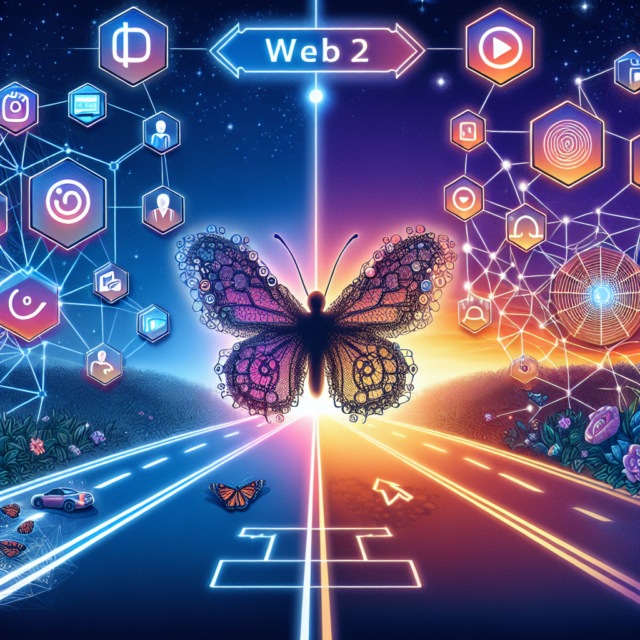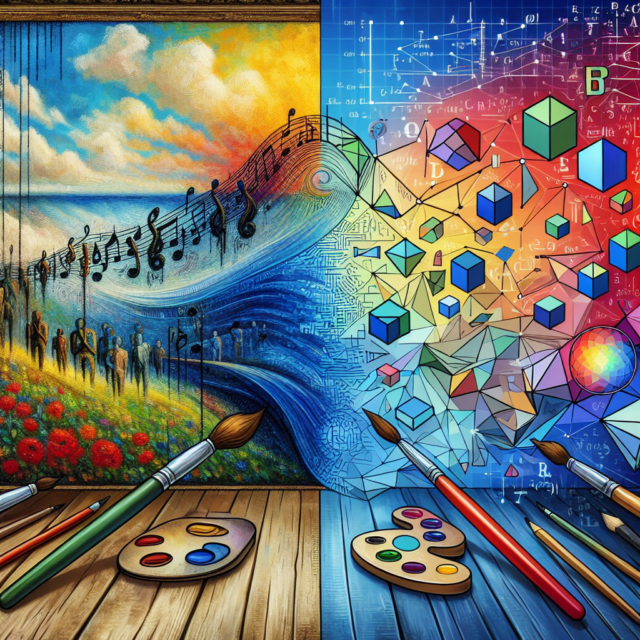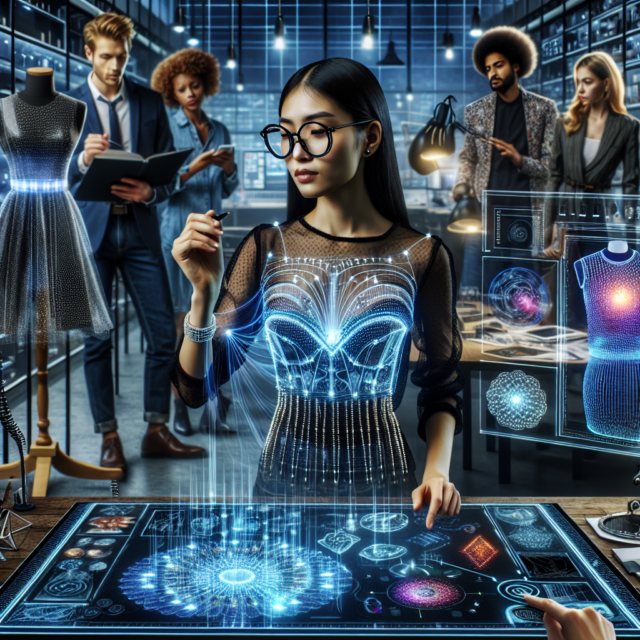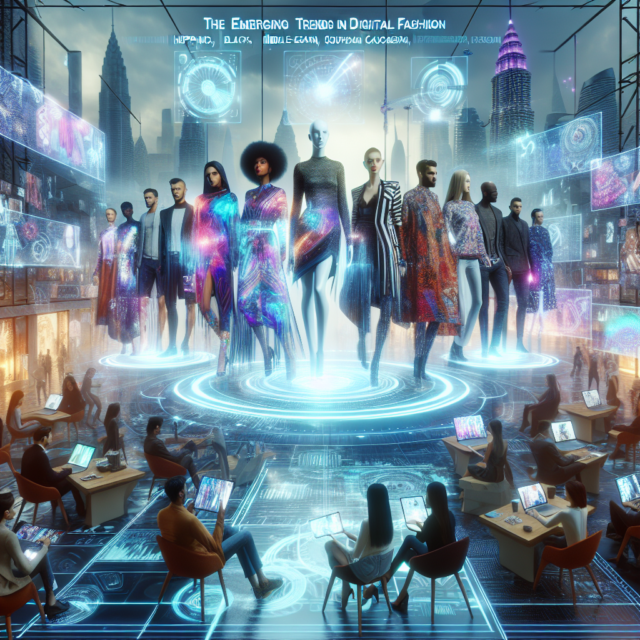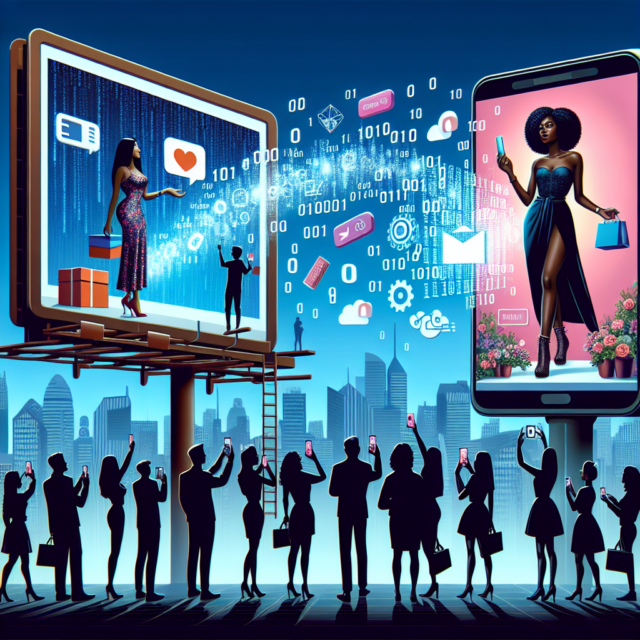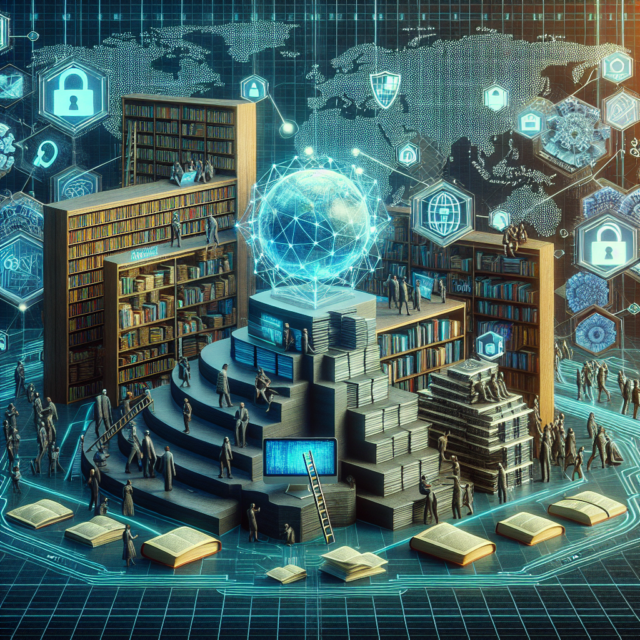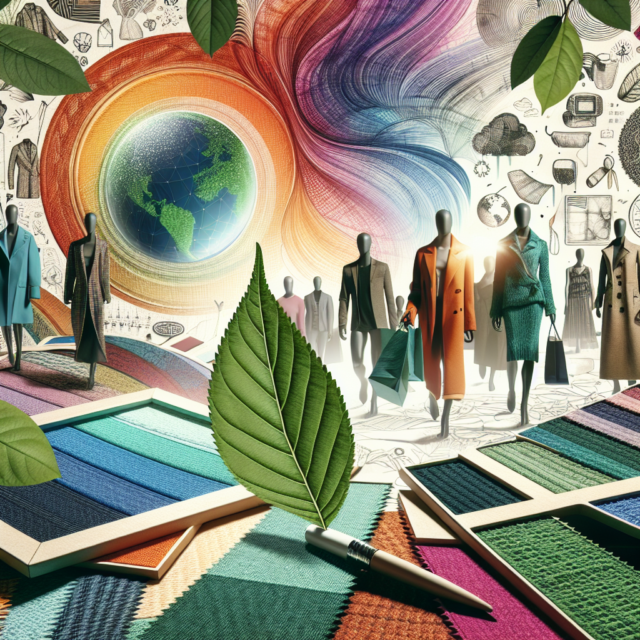Exploring Web3: The Next Evolution of the Internet
The digital landscape is constantly evolving, and the latest buzzword capturing the tech world’s attention is "Web3." As the successor to Web2, which revolutionized the internet with social media and e-commerce, Web3 promises to redefine the online experience through decentralization, blockchain technology, and enhanced user control. This article delves into the intricacies of Web3, exploring its foundational principles, key features, and the potential impact it may have on the internet as we know it.
Understanding the Basics of Web3 Technology
Web3, often referred to as the decentralized web, is an ambitious vision to create a more open, transparent, and user-centric internet. At its core, Web3 aims to move away from the centralized control of Web2, where a few large corporations dominate the digital ecosystem. Instead, it leverages blockchain technology to enable peer-to-peer interactions without the need for intermediaries. This shift promises to give users more control over their data and online identities.
The foundation of Web3 is built on blockchain, a distributed ledger technology that ensures transparency and immutability of data. Unlike traditional databases, blockchain stores information in a decentralized manner, making it resistant to censorship and data breaches. This technology underpins cryptocurrencies like Bitcoin and Ethereum, which are often seen as the financial backbone of Web3. Smart contracts, self-executing contracts with the terms of the agreement directly written into code, are another crucial component, enabling automated and trustless transactions.
Decentralized applications, or dApps, are a key feature of Web3, offering services similar to traditional applications but without centralized control. These applications run on blockchain networks, utilizing smart contracts to operate autonomously. By eliminating intermediaries, dApps aim to provide more equitable access to services and reduce costs for users. This decentralization extends to data storage as well, with solutions like decentralized storage networks ensuring that user data is distributed across multiple nodes, enhancing security and privacy.
Web3 also introduces new concepts such as decentralized finance (DeFi) and non-fungible tokens (NFTs). DeFi aims to recreate traditional financial systems like banking and lending on the blockchain, offering users greater access to financial services without relying on traditional institutions. NFTs, on the other hand, represent unique digital assets that can be owned and traded on the blockchain, opening new avenues for digital ownership and commerce.
Interoperability is another cornerstone of Web3, focusing on the seamless interaction between different blockchain networks. This feature is essential for the ecosystem’s growth, as it allows users to transfer assets and data across platforms without friction. Protocols like Polkadot and Cosmos are paving the way for a more interconnected blockchain universe, promoting collaboration and innovation across the space.
Finally, Web3 emphasizes user empowerment and data sovereignty. By utilizing decentralized identities and cryptographic keys, users can manage their digital identities and control who has access to their personal information. This shift towards user-centricity challenges the traditional data economy, where user data is often monetized without explicit consent.
Key Features Driving Web3’s Evolution
Decentralization is at the heart of Web3, challenging the centralized model that has dominated the internet since its inception. By distributing control across a network of nodes rather than concentrating it in the hands of a few entities, Web3 promotes transparency and reduces the risk of single points of failure. This decentralized architecture is crucial for fostering trust and innovation in the digital space, as it empowers users to interact directly with one another without relying on intermediaries.
Blockchain technology is a driving force behind Web3, providing the infrastructure needed for a decentralized internet. Its ability to create an immutable ledger of transactions ensures that data remains tamper-proof and transparent. This feature is particularly valuable in areas like supply chain management, voting systems, and digital identity verification, where transparency and security are paramount. As blockchain technology continues to mature, its applications in Web3 are expected to expand, further solidifying its role in the ecosystem.
Smart contracts are another pivotal feature propelling Web3 forward. These self-executing contracts automate processes by encoding the terms of an agreement directly into code. By removing the need for intermediaries, smart contracts streamline transactions, reduce costs, and minimize the potential for human error. They are being utilized in various sectors, from real estate and insurance to gaming and entertainment, highlighting their versatility and potential for widespread adoption.
Interoperability is essential for the growth and sustainability of Web3, enabling different blockchain networks to communicate and interact seamlessly. This feature ensures that users can move assets and data across platforms without facing compatibility issues. Projects like Polkadot, Cosmos, and Chainlink are spearheading efforts to create a cohesive and interconnected blockchain ecosystem, fostering collaboration and innovation across the space.
Decentralized finance (DeFi) is revolutionizing the financial sector by providing an alternative to traditional banking systems. By leveraging blockchain technology, DeFi platforms offer services like lending, borrowing, and trading without the need for banks or financial intermediaries. This democratization of finance has the potential to increase access to financial services for underbanked populations and stimulate economic growth. As DeFi continues to evolve, it is likely to play a significant role in shaping the future of Web3.
Non-fungible tokens (NFTs) are reshaping the concept of digital ownership, allowing individuals to own and trade unique digital assets on the blockchain. From digital art and collectibles to virtual real estate and music, NFTs have opened new avenues for creators and consumers alike. By providing a verifiable and immutable record of ownership, NFTs ensure that creators are fairly compensated for their work, while offering consumers a new way to engage with digital content. As the NFT market continues to grow, it is poised to become a key component of the Web3 ecosystem.
Potential Impacts of Web3 on the Internet
The rise of Web3 has the potential to redefine the internet by shifting power from centralized entities to individual users. This shift promises to enhance user autonomy, allowing individuals to have greater control over their data, digital identities, and online interactions. As users become more empowered, the traditional data economy, where companies monetize user data without explicit consent, may be challenged, leading to a more equitable distribution of value.
Web3’s emphasis on decentralization could lead to a more resilient and secure internet. By distributing control across a network of nodes, Web3 reduces the risk of single points of failure and enhances the system’s overall robustness. This decentralization is particularly valuable in combating censorship and ensuring the free flow of information, as it becomes more difficult for any single entity to control or manipulate the network.
The integration of blockchain technology into Web3 could transform various industries by providing greater transparency and security. Sectors like supply chain management, healthcare, and finance stand to benefit from blockchain’s ability to create immutable records of transactions, reducing fraud and enhancing trust. As more industries adopt blockchain solutions, the potential for innovation and efficiency gains is significant, paving the way for a more transparent and accountable digital economy.
Web3’s focus on interoperability could lead to a more interconnected and collaborative digital ecosystem. By enabling seamless interaction between different blockchain networks, Web3 fosters a spirit of collaboration and innovation, encouraging the development of new applications and services. This interconnectedness could also lead to the creation of new business models and revenue streams, as companies leverage cross-chain capabilities to reach a broader audience.
The rise of decentralized finance (DeFi) has the potential to democratize access to financial services, offering an alternative to traditional banking systems. By eliminating intermediaries and leveraging blockchain technology, DeFi platforms provide users with greater access to financial services, regardless of their geographic location or socioeconomic status. This democratization of finance could lead to increased financial inclusion and stimulate economic growth, particularly in underbanked regions.
Finally, the proliferation of non-fungible tokens (NFTs) is reshaping the concept of ownership in the digital age. By providing a verifiable and immutable record of ownership, NFTs empower creators and consumers alike, enabling new forms of digital commerce and interaction. As the NFT market continues to expand, it is likely to play a significant role in shaping the future of the internet, offering new opportunities for creators and consumers to engage with digital content in innovative ways.
Web3 represents a bold vision for the future of the internet, promising to transform the digital landscape through decentralization, blockchain technology, and user empowerment. While the full impact of Web3 remains to be seen, its potential to redefine the way we interact with the internet is undeniable. As the technology continues to evolve, it will be crucial for stakeholders across the ecosystem to collaborate and innovate, ensuring that Web3 fulfills its promise of creating a more open, transparent, and equitable digital world.







